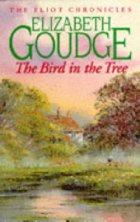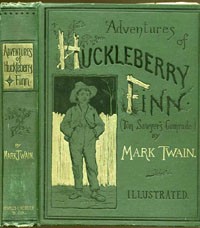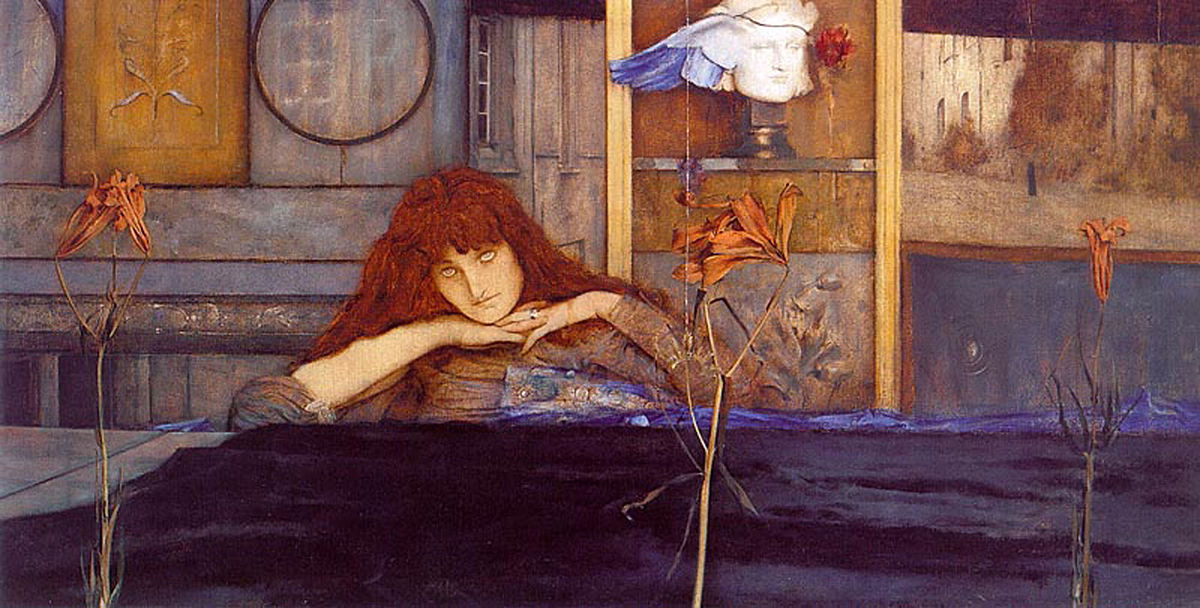The Bird in the Tree
 “I think a woman’s history is very often like those old romances you laugh at,” says Lady Lucilla Eliot. “You may laugh at them but they were truer to life than many of those psychological novels you young people read nowadays. We women don’t sit half the day and night analyzing our emotions but we do perpetually fall in love out of wedlock, and over and over again we have to fight out the same old battle between love and duty.” Surely she speaks for Elizabeth Goudge, author of The Bird in the Tree . It’s a romance not just in that it deals with a human love story (though it does), but because it seeks to probe the mysteries of the human heart, evokes the past as a source of value, and uses a Gothic setting to mirror the characters’ internal states.
“I think a woman’s history is very often like those old romances you laugh at,” says Lady Lucilla Eliot. “You may laugh at them but they were truer to life than many of those psychological novels you young people read nowadays. We women don’t sit half the day and night analyzing our emotions but we do perpetually fall in love out of wedlock, and over and over again we have to fight out the same old battle between love and duty.” Surely she speaks for Elizabeth Goudge, author of The Bird in the Tree . It’s a romance not just in that it deals with a human love story (though it does), but because it seeks to probe the mysteries of the human heart, evokes the past as a source of value, and uses a Gothic setting to mirror the characters’ internal states.
From different sources, I’ve seen three different titles alleged to be Ms. Goudge’s personal favorites among her works: The Little White Horse, The Dean’s Watch (this one was said to be the one she wanted to be remembered for), and the Eliot chronicles, of which this novel is the first. “Of my various book people the dearest are the Eliots. I am almost ashamed to confess how devoted I am to them,” Goudge admitted.
There is an unmistakably Gothic flavor to this tale, complete with a sublime seaside landscape, ruins, romance, and an old house the history of which so clings to it that the characters think they see ghosts. Though I enjoyed it, I didn’t think it was as good as the two others I’ve read. It seemed more preachy, even ponderously so in spots. I felt like the plot stretched plausibility more than I could go along with willingly, too. The central conflict — a young man’s scandalous, proposed marriage to his aunt — didn’t seem like a scrape these sensible Eliots would ever get themselves into. They’re too preternaturally smart, too perceptive, too well-read (and forever quoting great literature to one another).
This article provides a fuller summary of the plot, as well as some interesting background about the novel’s origin. It seems that Ms. Goudge ran aground in the midst of writing this book. “At one point I reached deadlock. Usually my characters manipulate me, not I them, but now they suddenly went dead as dormice. I could see no way through, and nothing that could possibly happen next,” she explains. She prayed that she would dream the rest of the story — and then did.
Despite my few complaints, I have to say again that I did enjoy reading it. It doesn’t have the same depth as The Dean’s Watch, but it does have the same wonderful description of places, with exact and loving attention to detail as well as sensitivity to the spirit and history of a given place. And though it felt somewhat heavy-handed in getting its point across, the point is certainly a worthy one: given the option of being true to your personal passions, or true to the faithful love that holds a family together, the latter is the better choice — even if, as David Eliot complains, such an approach is old-fashioned. It’s his grandmother Lucilla’s generation that moves from the outside in, living according to external forms (the relevant one being marriage here) and eventually finding love. David’s generation moves from the inside out, a more selfish route that may involve shattering the social forms, and the other people around you, while you pursue your allegiance to “the truth as I see it.”
I’m not sure where to go next in my personal Elizabeth Goudge reading seminar. The White Witch, universally regarded as one of her best novels? Pilgrim’s Inn, the next book about the Eliots? Or should I wait a few days till my copy of her autobiography, The Joy of Snow, arrives in the mail? Some of the details of setting and character in The White Witch are apparently drawn from Rose Cottage, Goudge’s last residence. Probably the best order would be to finish out the Eliot series, then read the autobiography, then read The White Witch. But I haven’t completely made up my mind.


